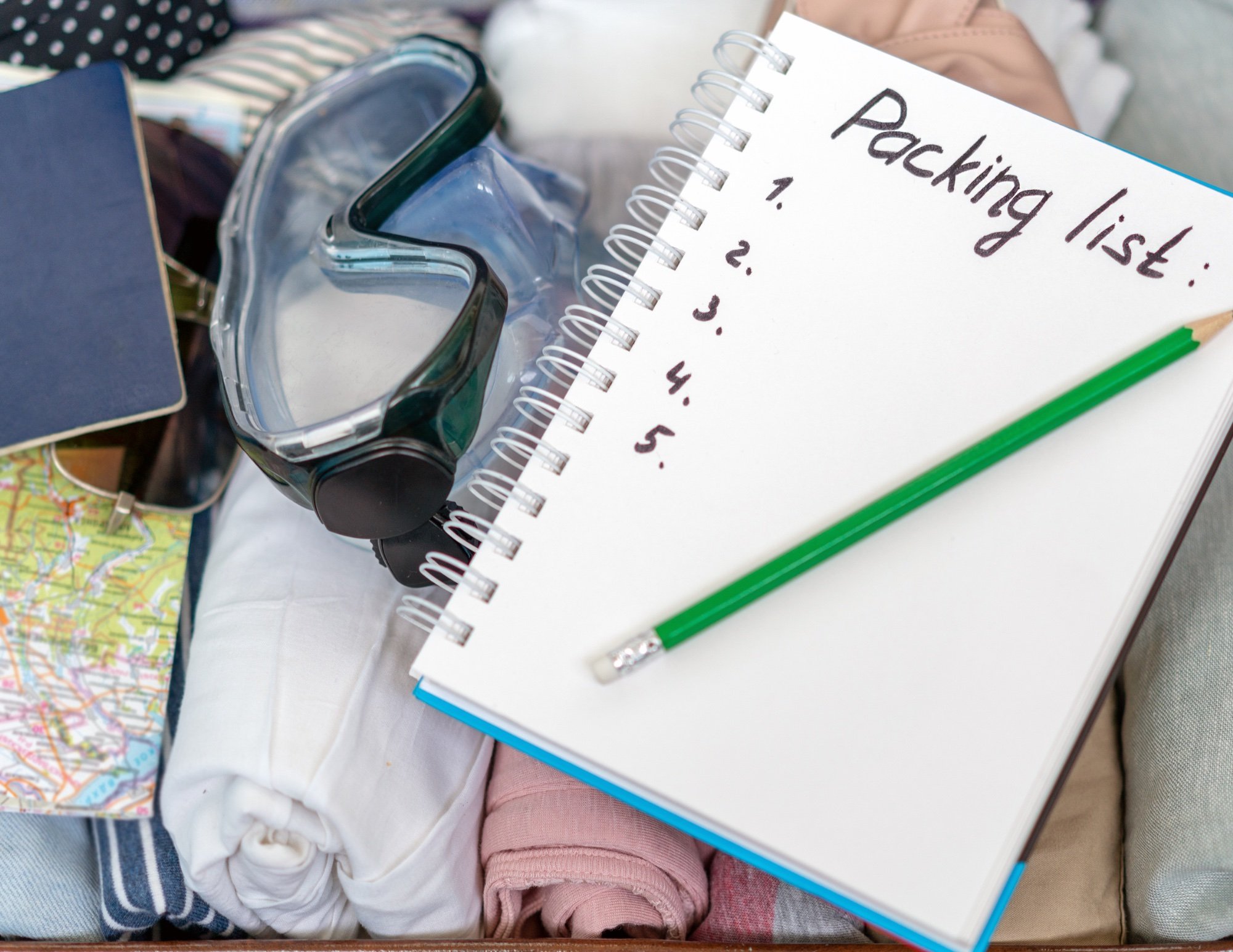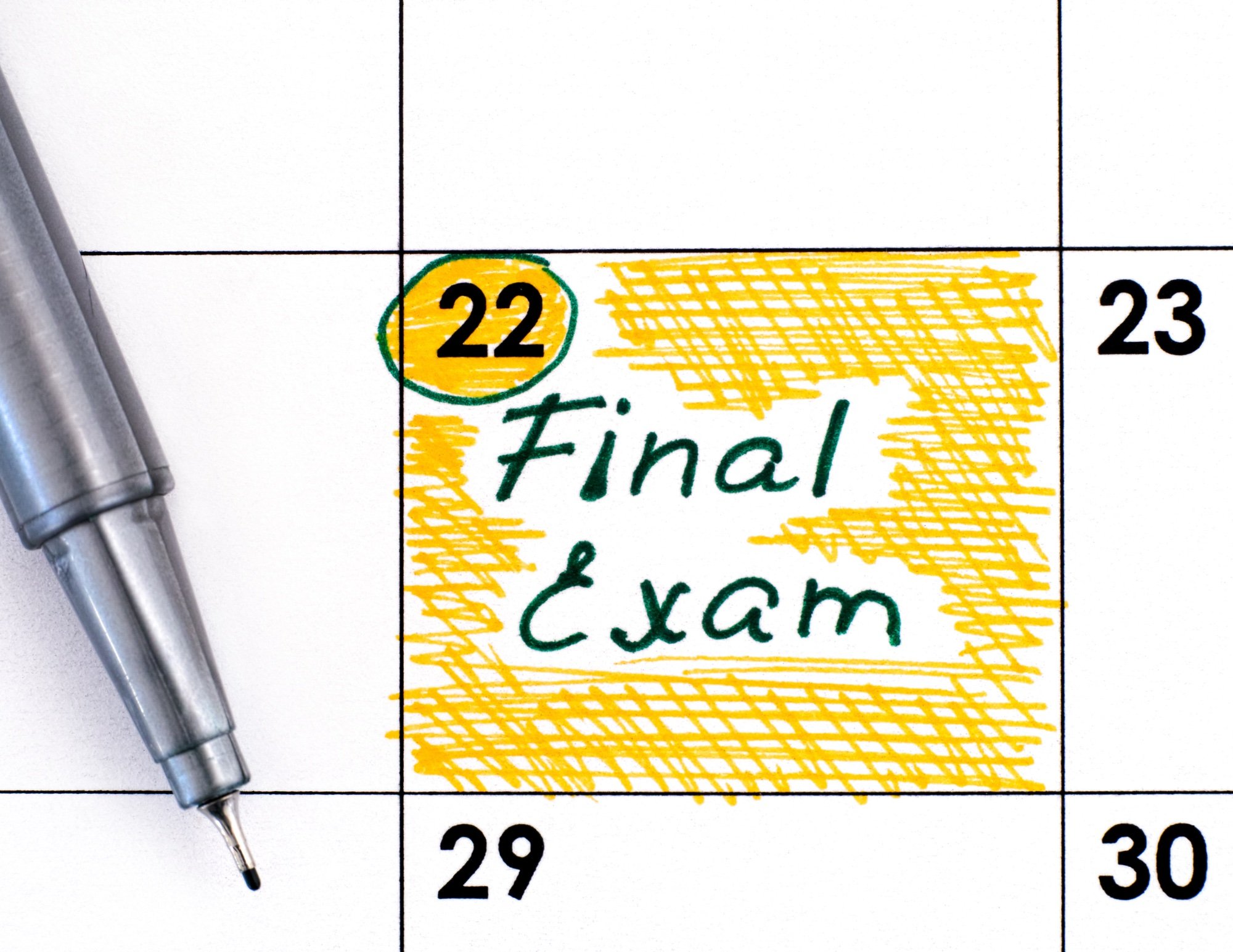Creating a well-structured nightly homework routine can make all the difference when it comes to managing the pressures of middle school life! Middle school students have to balance an increasingly difficult workload, numerous extracurricular activities, time with family, and their social lives. This blog dives into specific strategies for crafting a homework routine that can help students streamline their study habits, ultimately leading to more academic success and more free time for preferred activities!
Understanding the Assignments
Before students can appropriately plan and manage their homework, it is important that they have a full understanding of the tasks at hand. Students should have a concrete and consistent method of keeping track of their assignments. Assignment trackers should include space for the assignment's name, any important details, a due date, and a way to indicate when the assignment is complete. It is also imperative that students understand the requirements of the assignment. The assignment tracker should be easily transportable between school and home so that students can check in with their teachers in class if there is ever any confusion about a particular task. Students can also ask their teacher about how long they expect an assignment to take.
Creating a Homework Schedule
Creating a homework schedule is key to ensuring assignments are completed in a timely and efficient manner. The first step is to take a look at the entire month. Consider purchasing a monthly whiteboard calendar to keep track of trips, sports games, appointments, etc. Then move into a weekly schedule. Write down when all activities that take place each day of the week, and then determine how much time is left to complete homework each day. Now, students will have a clear visual understanding of just how much time they actually have to study and work each day of the week. Consider using apps like Todoist or myHomework to help create these types of schedules.
Choosing the Right Workspace
Having a calm and quiet workspace can greatly enhance the study experience. In this previous Peak blog, a multitude of tips and tricks for creating the ultimate homework space were shared. Essentially, a home workspace should be free from the hustle and bustle of the home, have comfortable, upright seating, good lighting, and be clutter-free and organized.
Setting Up Good Homework Habits
Students need to experiment to find out what homework habits work best for them. For example, some students work better by tackling their easiest tasks first, while others might prefer starting with the most challenging ones. Some students might be night owls and able to work later into the night, whereas others might be more focused if they allocate extra time in earlier in the day to complete their work. Encouraging students to try out a few different methods can benefit them in the long run because they will discover what works best for them. A few other helpful homework habits include starting each session with deep breathing or a mindful minute, taking scheduled study breaks, or listening to calm instrumental music. This Peak blog also delves into some strategies for helping students when they have a hard time getting to work at night.
Creating a nightly homework routine will look different for each student. Expect it to take some time to figure out what truly works best for your child. Experimenting with different methods and honing in on the most useful ones for each individual will ultimately lead to better habits and academic success!
Written by Laine J.




















